Retro Replay Review
Gameplay
Worlds of Ultima: The Savage Empire builds upon the Ultima VI engine’s robust framework, delivering a rich blend of exploration, item crafting, and turn-based combat. From the moment you arrive in the Valley of Eodon, the world feels alive and brimming with secrets. You’ll find yourself examining dozens of interactive objects, combining ingredients to create tools or potions, and engaging in strategic battles that reward thoughtful positioning and spell usage.
(HEY YOU!! We hope you enjoy! We try not to run ads. So basically, this is a very expensive hobby running this site. Please consider joining us for updates, forums, and more. Network w/ us to make some cash or friends while retro gaming, and you can win some free retro games for posting. Okay, carry on 👍)
Party management remains a core pillar of the experience, though simplified compared to its predecessor. Instead of a full quartet of spellcasters, you recruit a single companion who channels magic via tribal totems. This companion evolves at a measured pace, encouraging players to consider spell selection carefully and to rely on clever item use and environmental puzzles to overcome obstacles. Combat encounters scale nicely with your progress, offering a satisfying challenge without veering into grind territory.
Exploration truly shines in Savage Empire. Much like Ultima VI, you’re free to traverse the valley from the outset, venturing into Urali strongholds, dinosaur-infested jungles, or Neanderthal caves whenever you choose. Dialogue trees and NPC interactions are laden with clues, pushing you to eavesdrop on tribal councils or glean insights from Dr. Rafkin’s scientific notes. This emphasis on gathering information through conversation injects the game with a detective-like thrill.
While some RPG purists may notice the trimmed-down spell list and capped experience curves, the streamlined mechanics keep the pace brisk and accessible. Inventory management is intuitive, and the totem-based magic system adds a layer of cultural authenticity to the tribal setting. Overall, the gameplay strikes a fine balance between depth and approachability, making it an excellent entry point for newcomers as well as a worthy side story for Ultima veterans.
Graphics
Visually, Savage Empire inherits the rich pixel art and tile-based environments of Ultima VI, but applies a unique aesthetic twist. Lush jungle foliage, sun-dappled rivers, and intricately designed tribal villages give the Valley of Eodon a distinct personality. Color palettes shift dynamically between the green canopies, ochre temples, and the stark grays of Neanderthal encampments, creating a world that feels varied and visually cohesive.
Character and creature sprites stand out with surprising detail for a mid-’90s RPG. From the scaly armor of the Vespertilio (“bat people”) to the hulking frames of Tyrannosaur dinosaurs, each sprite has its own charm. Attack animations are brief but impactful, ensuring that turn-based combat doesn’t feel static. Cutscenes, a first for the Ultima series, employ static images and text overlays to dramatize pivotal moments—an ambitious touch that heightens key narrative beats.
The UI follows the Ultima VI blueprint with a minimalist inventory and dialogue window, but Savage Empire introduces contextual icons to represent tribal artifacts and totems. This visual shorthand reduces menu clutter and reinforces the game’s thematic focus on native culture. Loading times are negligible, and the game runs smoothly on period hardware—though modern emulators and fan-made patches keep it playable on contemporary systems without graphical glitches.
Story
The Savage Empire’s narrative kicks off with a classic Ultima trope: the Avatar’s curiosity unleashes unforeseen consequences. A black moonstone experiment with Dr. Rafkin and intrepid reporter Jimmy Malone erupts in a blinding blast, whisking the trio to the mysterious Valley of Eodon. This inciting event marries sci-fi unpredictability with the primal wonder of a land teeming with prehistoric beasts and tribal societies.
Once there, the Avatar meets Aiela, the brave daughter of the Kurak chieftain, only to witness her abduction by a rival suitor of the Urali tribe. Knocked unconscious and awoken to an empty camp, the hero must piece together what happened. This personal quest to rescue Aiela dovetails with a larger mission: navigating tribal politics, forging alliances among Kurak, Urali, Vespertilio, and other races, and uniting them against a looming reptilian menace.
Dialogue and cutscenes carry much of the storytelling weight, enriched by distinct cultural motifs drawn from Mesoamerican and African influences. Tribal elders speak in parables, while scientific digressions from Dr. Rafkin provide humorous counterpoints. Jimmy Malone’s reporter instincts inject levity, often breaking the fourth wall with quips about exotic wildlife or prehistoric oddities. The balance of drama, humor, and cultural exploration keeps the narrative engaging throughout.
Though the story is self-contained, it retains the moral undertones characteristic of Ultima: cooperation triumphs over conquest, and understanding between disparate cultures can overcome even the most primal conflicts. By the final act, when you rally the tribes to face a shared threat, Savage Empire’s plot delivers a satisfying payoff that resonates long after the credits roll.
Overall Experience
Worlds of Ultima: The Savage Empire stands out as a charming spin-off that both complements and diverges from the main Ultima saga. Its streamlined mechanics and exotic setting make for a refreshing change of pace. Whether you’re delving into dense jungle ruins or haggling with a Vespertilio merchant, the sense of discovery remains consistently high.
The game’s blend of exploration, puzzle-solving, and tactical combat offers variety without overwhelming players. Cutscenes and vivid storytelling moments immerse you in the Valley of Eodon’s mythos, while the totem-based magic and simplified leveling accelerate progression. Fans of classic RPGs will appreciate the nods to Ultima VI, yet newcomers will find Savage Empire’s approachable systems inviting.
Replaying the game reveals hidden paths and dialogue branches that you might miss on a first run—tribal alliances can shift based on your choices, opening new areas or alternate quest resolutions. Aiela’s rescue serves as both an emotional anchor and a gateway to larger tribal conflicts, ensuring the stakes feel personal and epic simultaneously.
In the end, The Savage Empire offers a uniquely flavorful RPG journey. Its vibrant graphics, engaging story, and accessible yet deep gameplay make it a memorable title in the Ultima universe. For those seeking a classic ’90s adventure brimming with dinosaurs, magic, and tribal intrigue, this spin-off delivers an experience well worth exploring.
 Retro Replay Retro Replay gaming reviews, news, emulation, geek stuff and more!
Retro Replay Retro Replay gaming reviews, news, emulation, geek stuff and more!
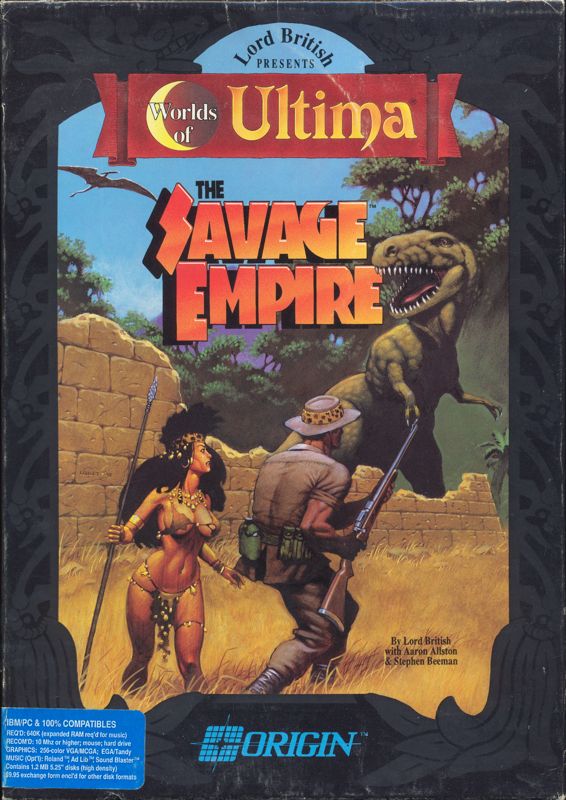
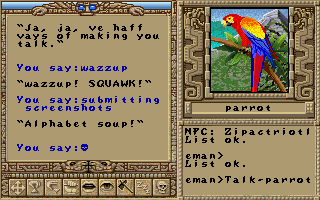

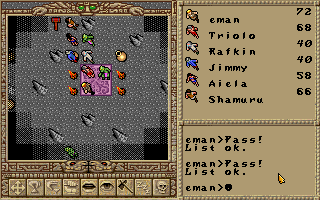
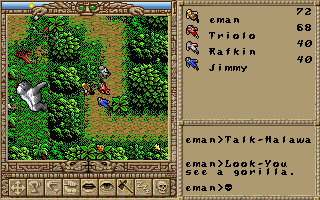
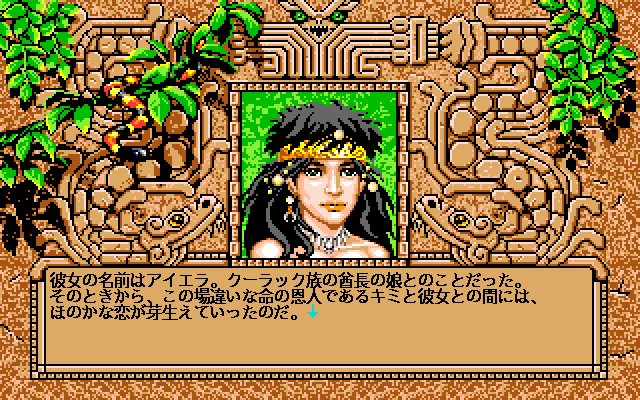

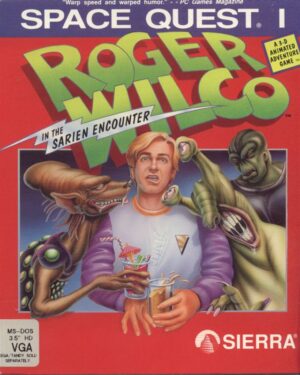
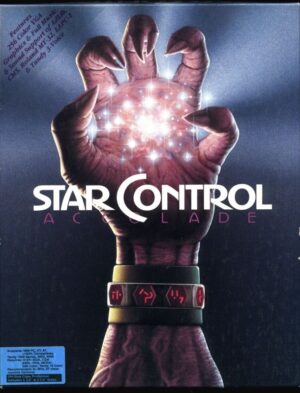
Reviews
There are no reviews yet.